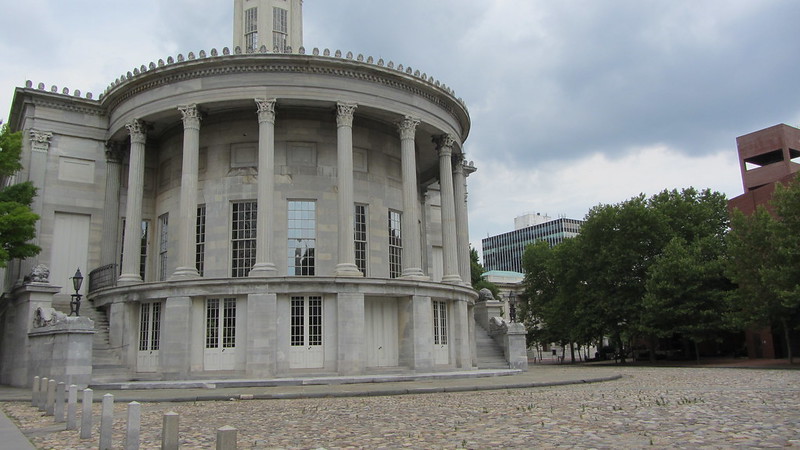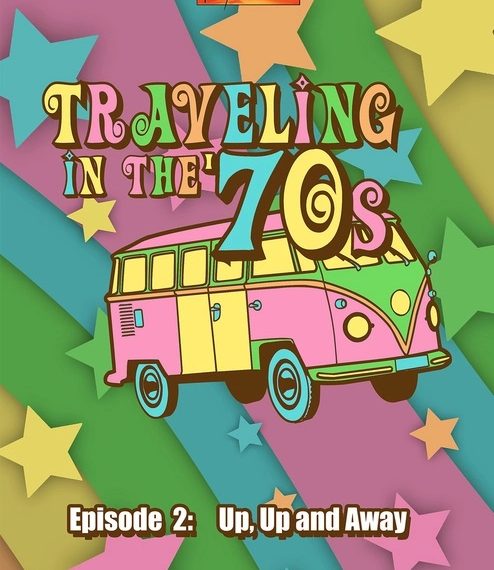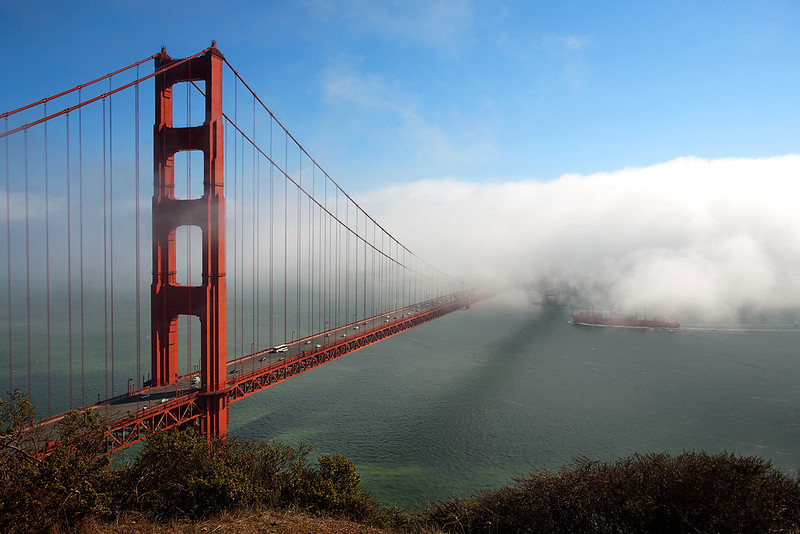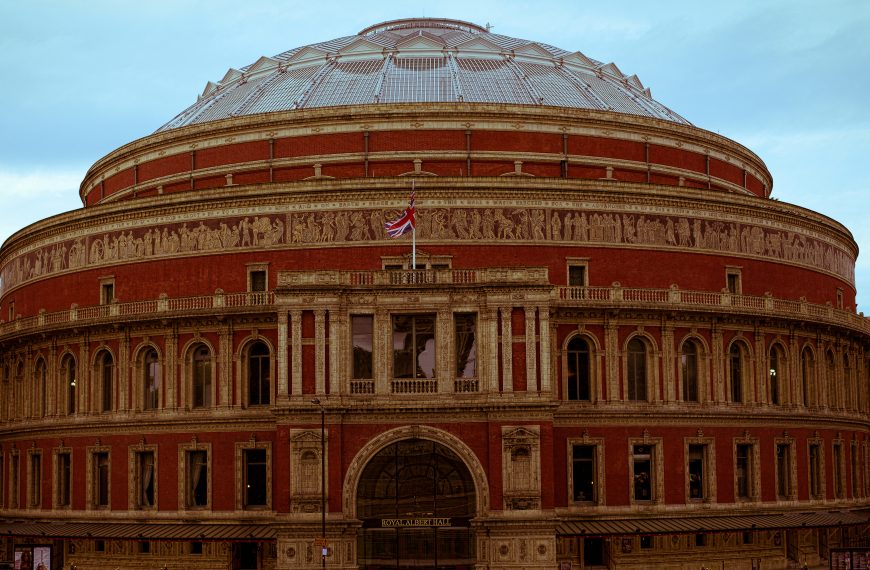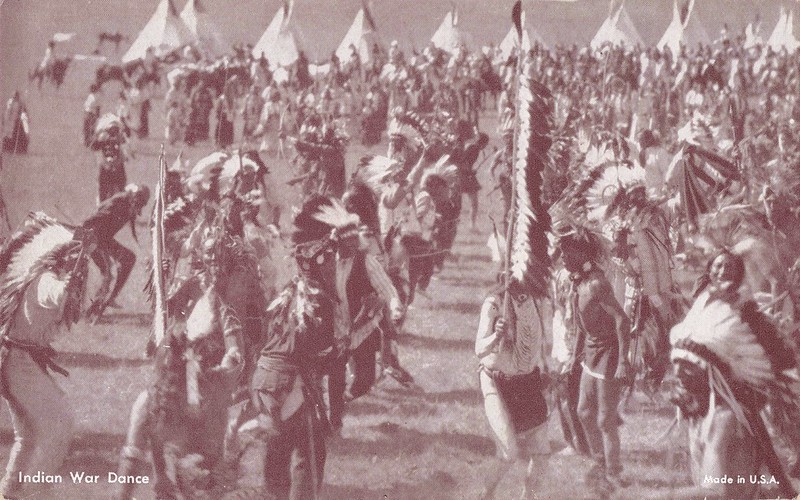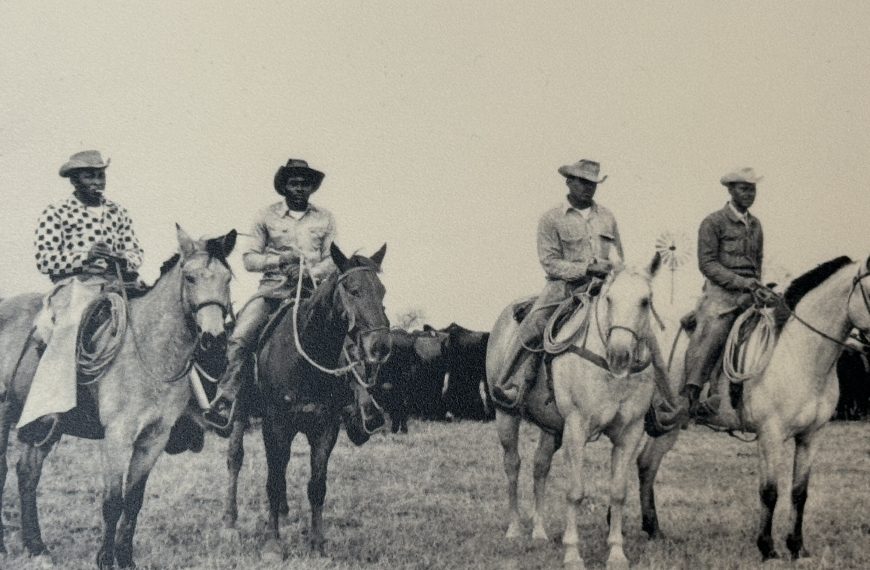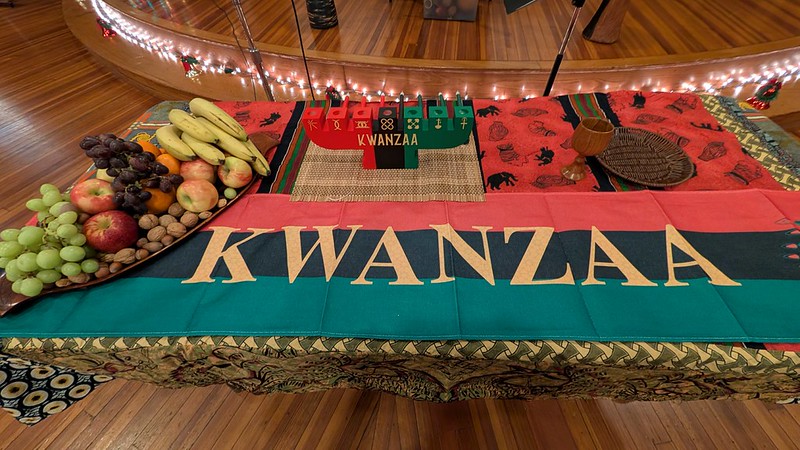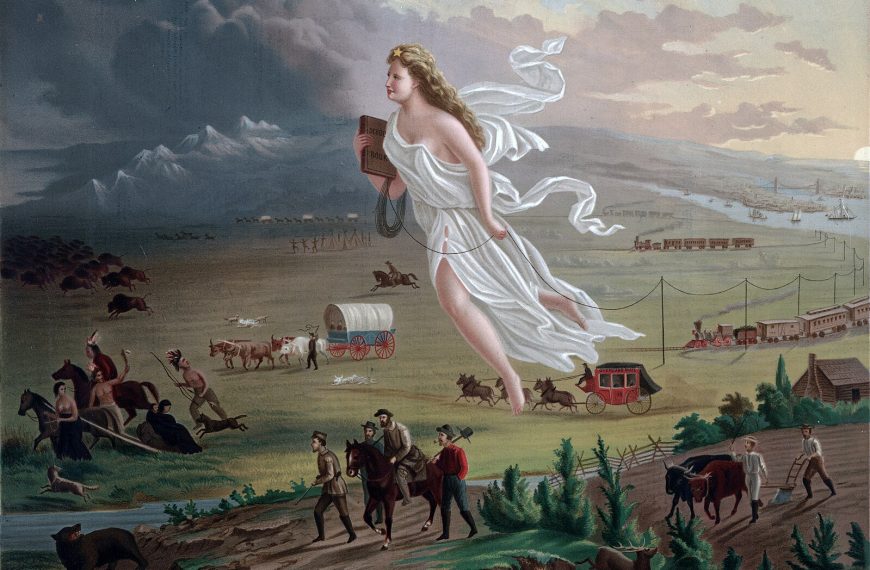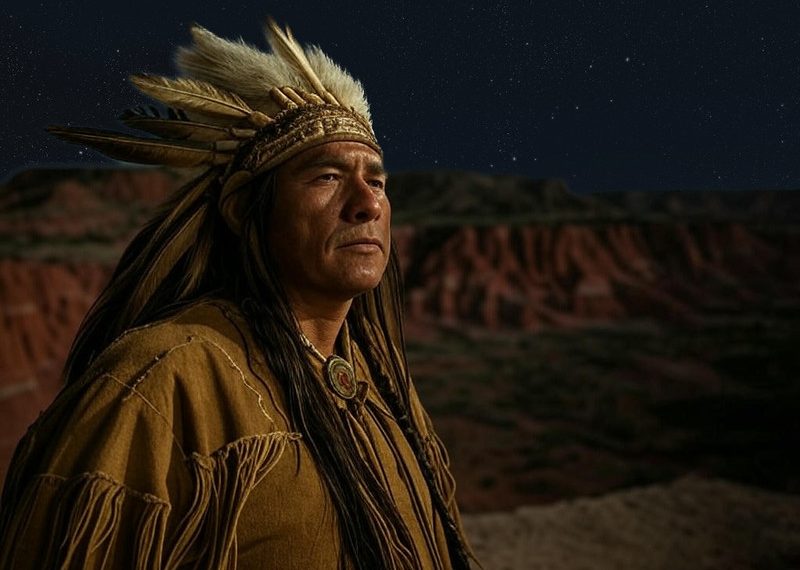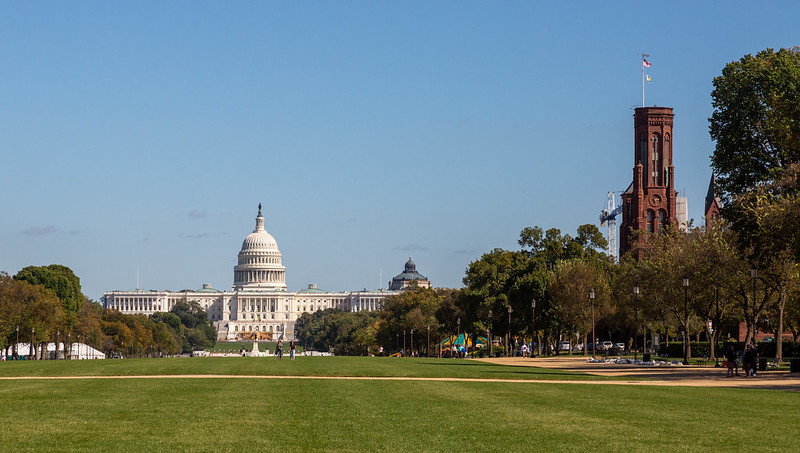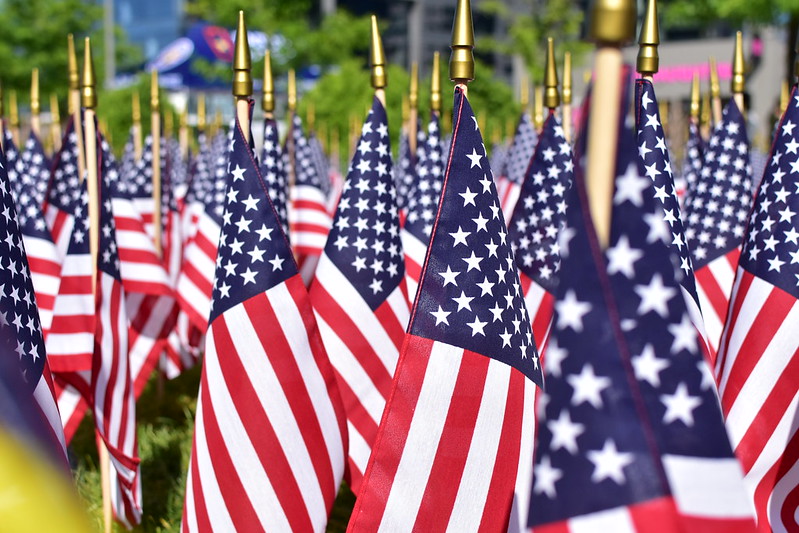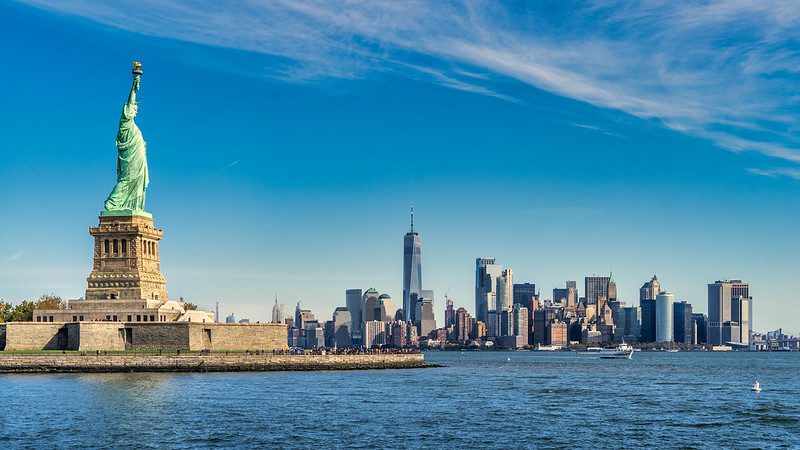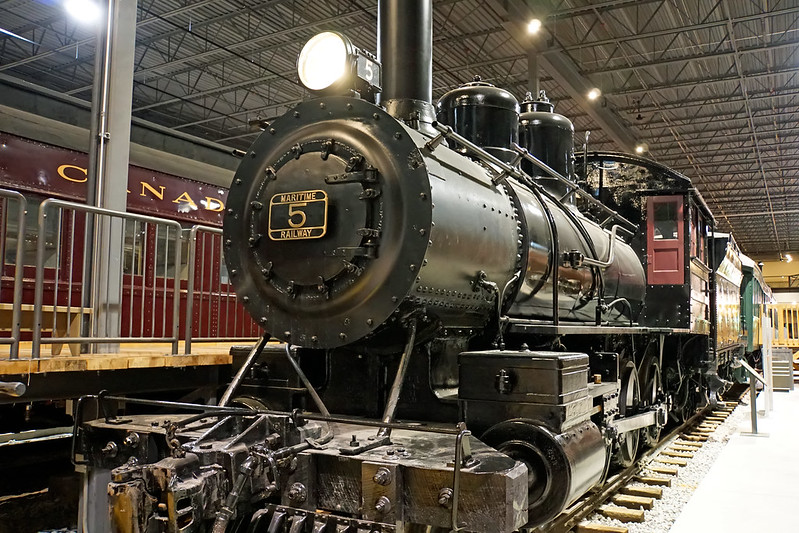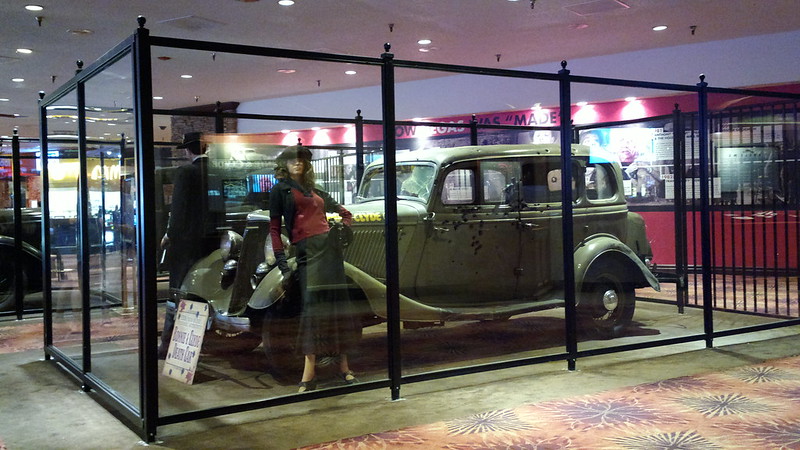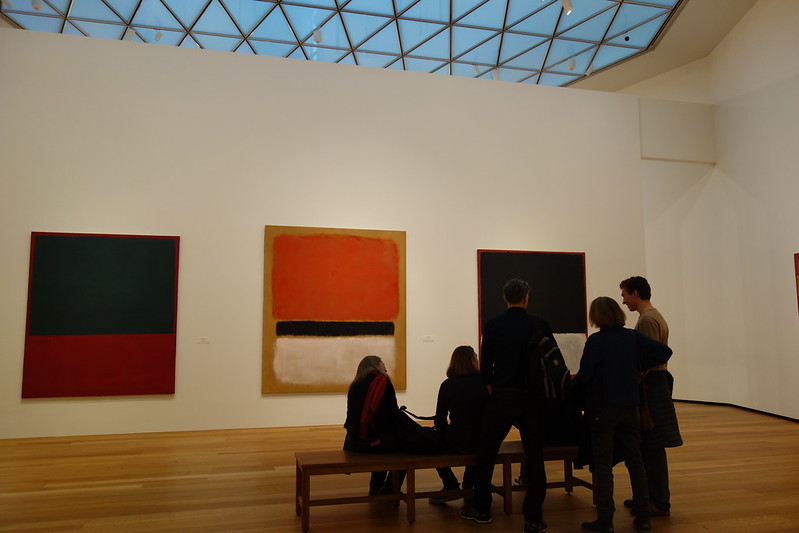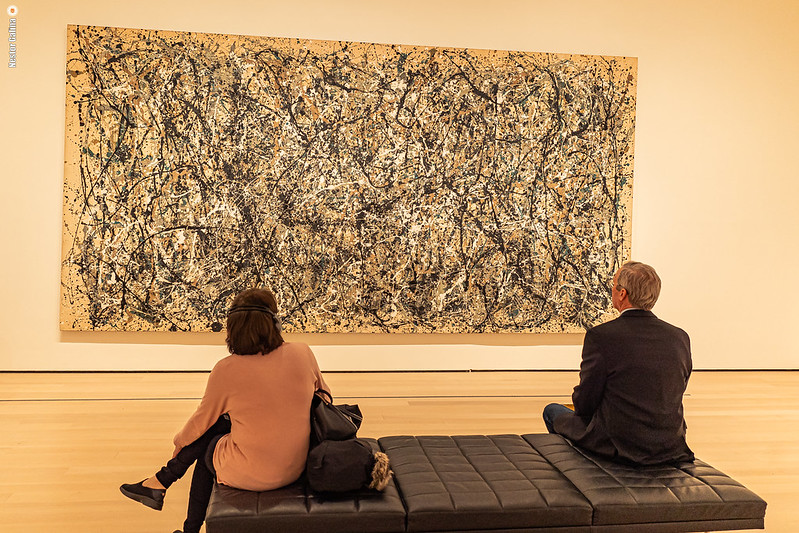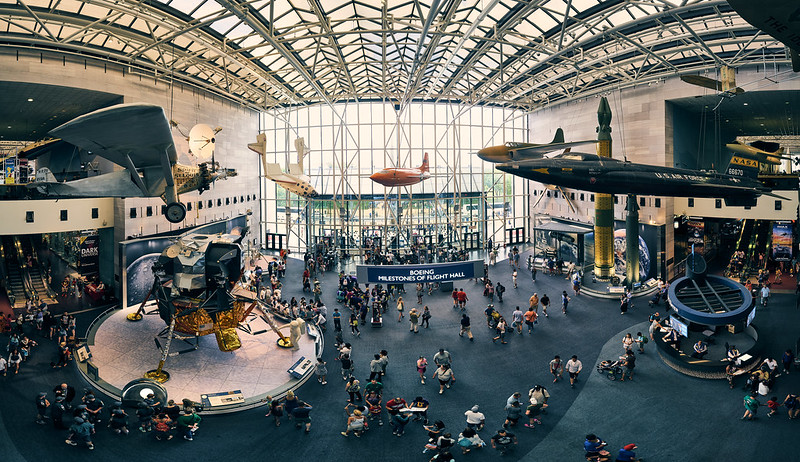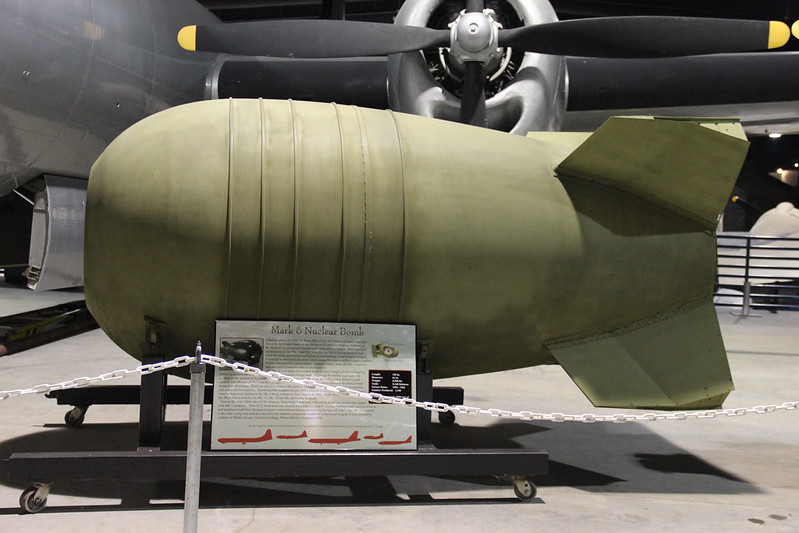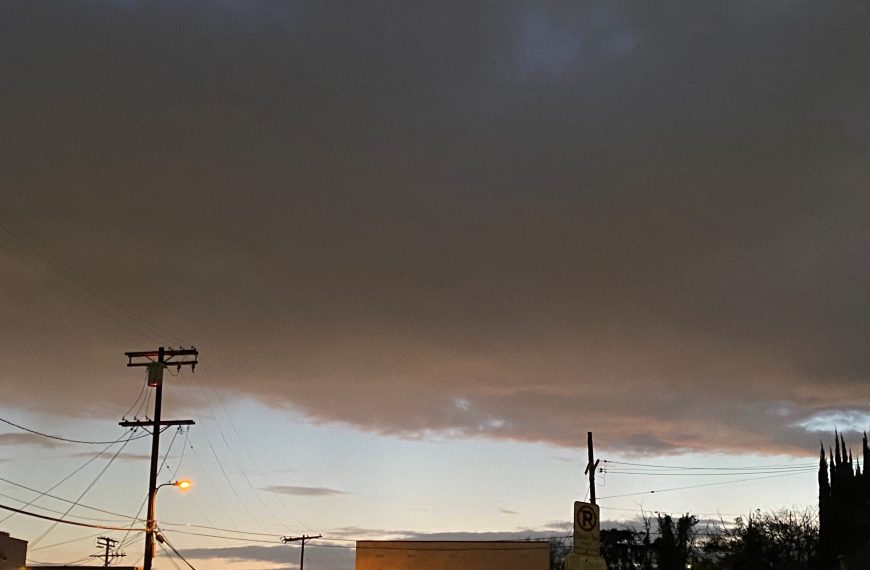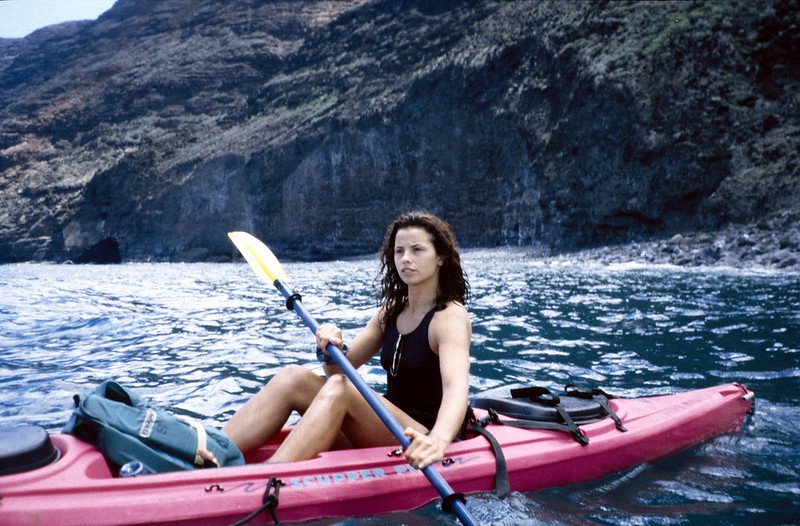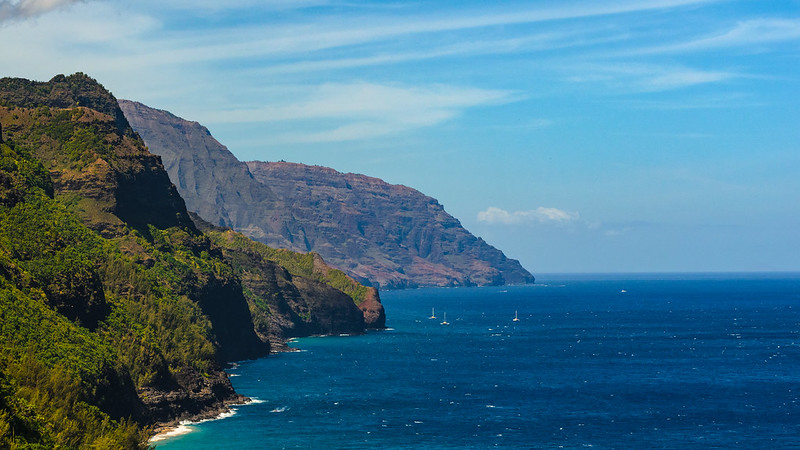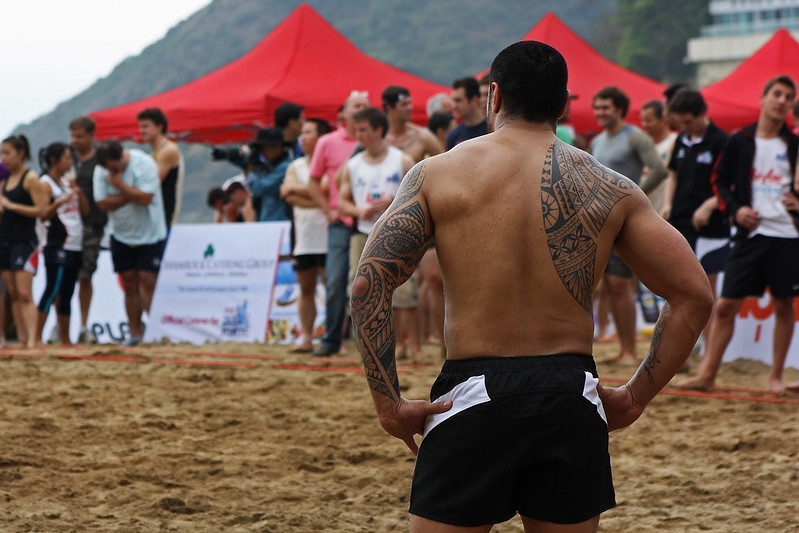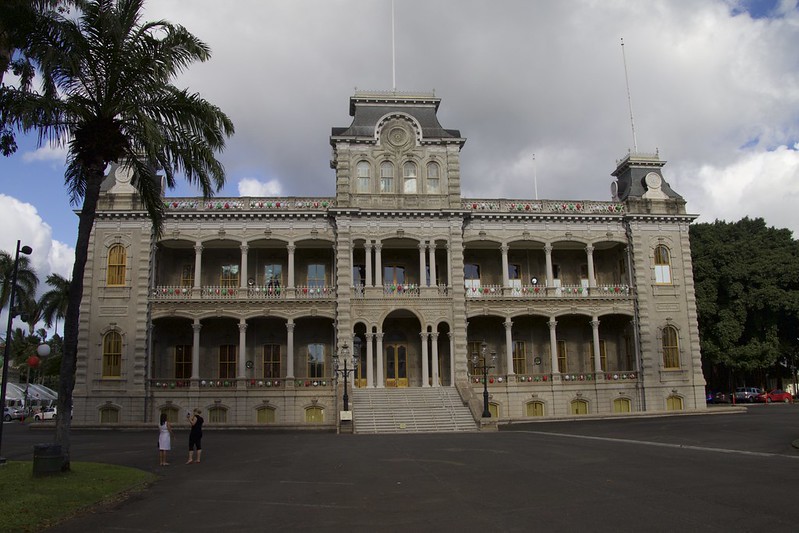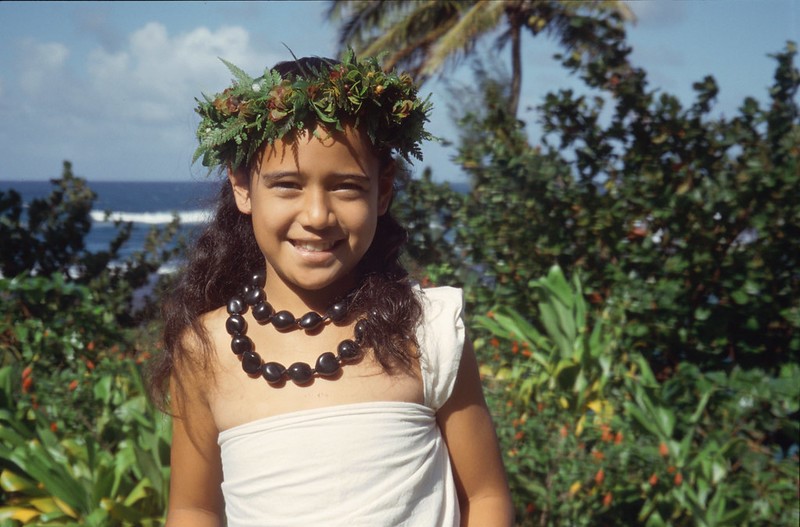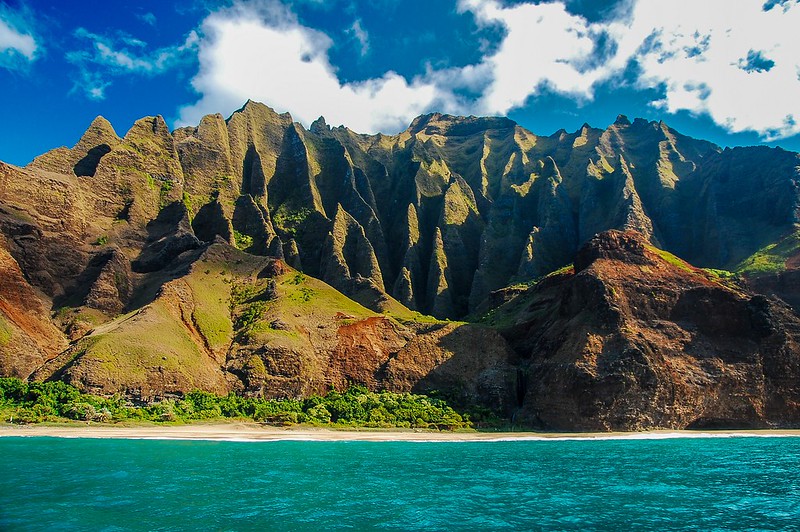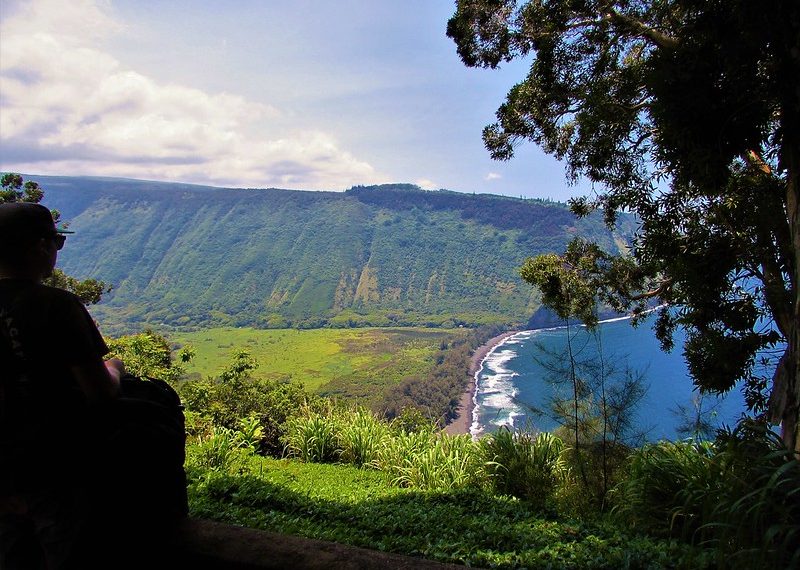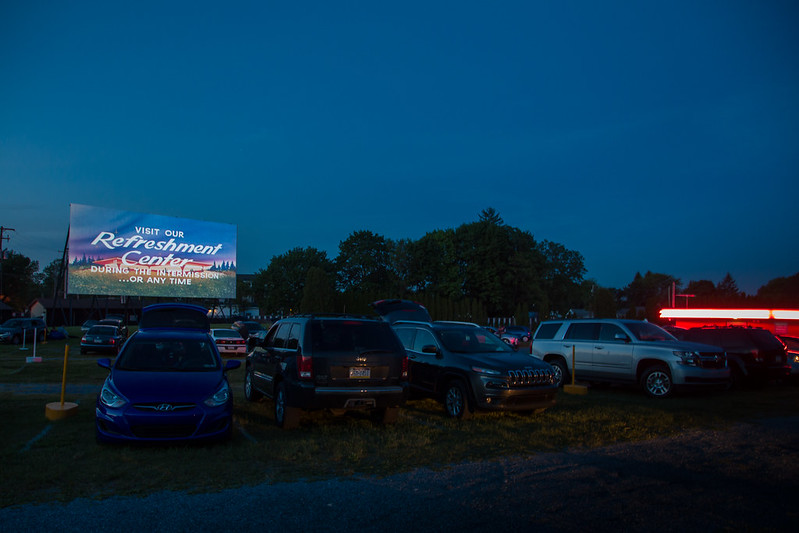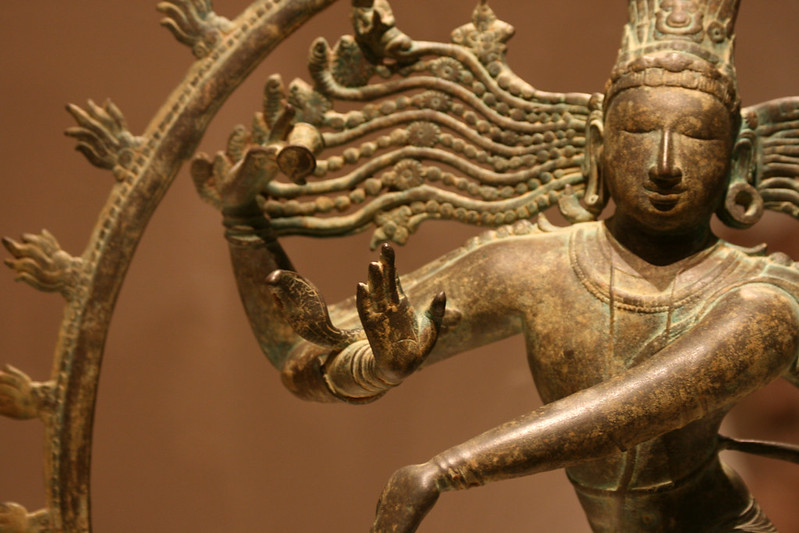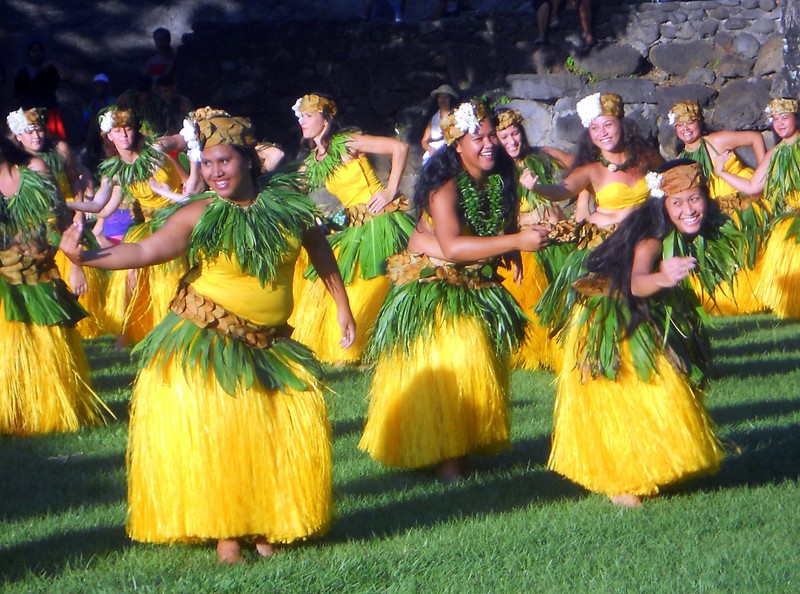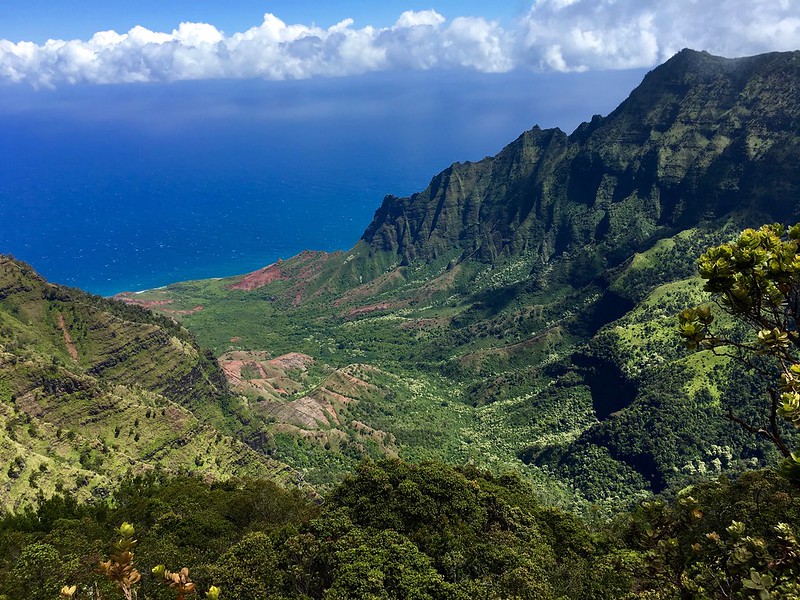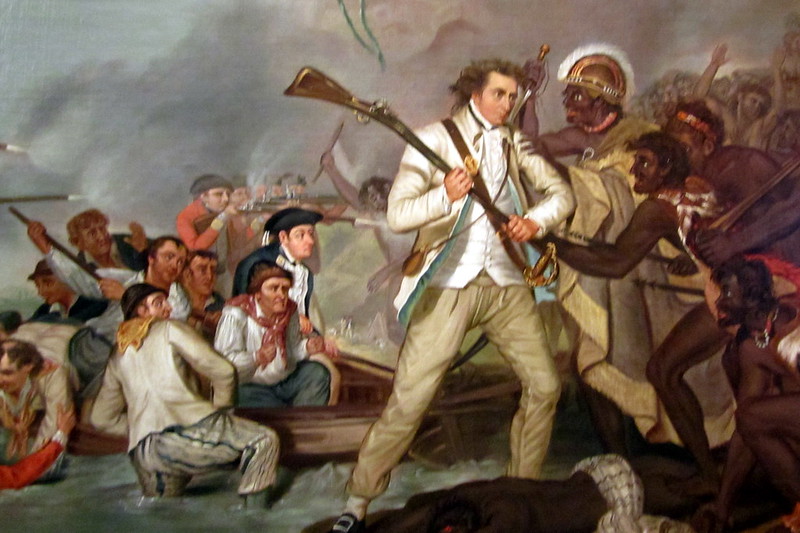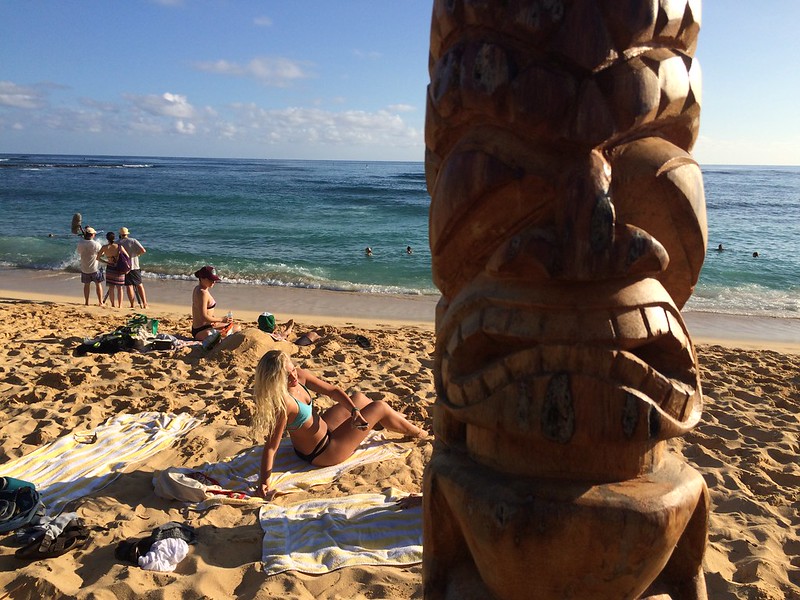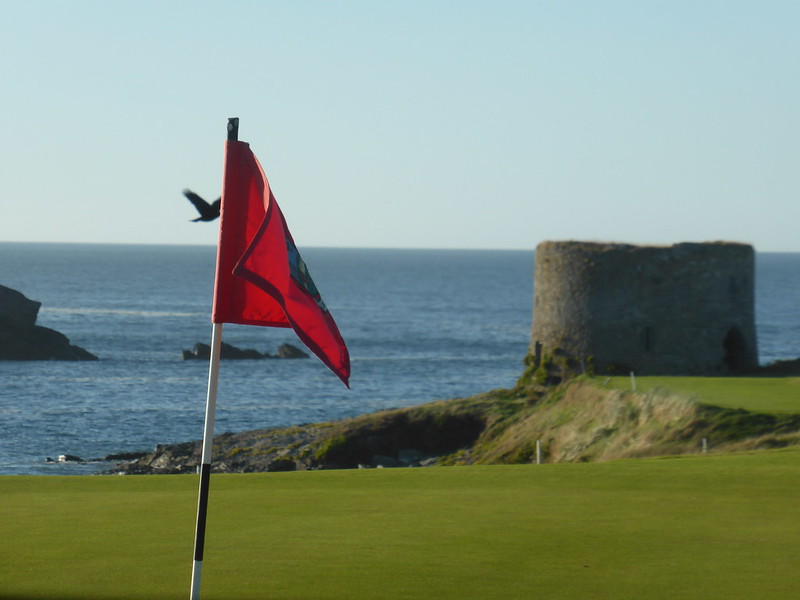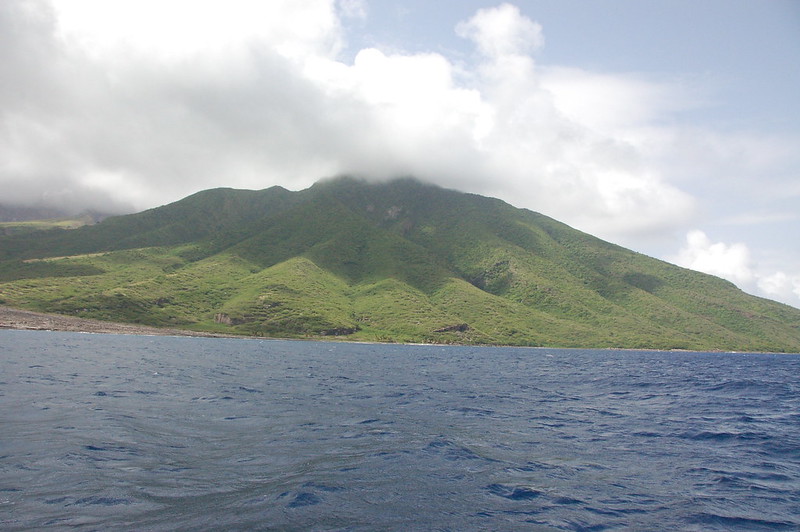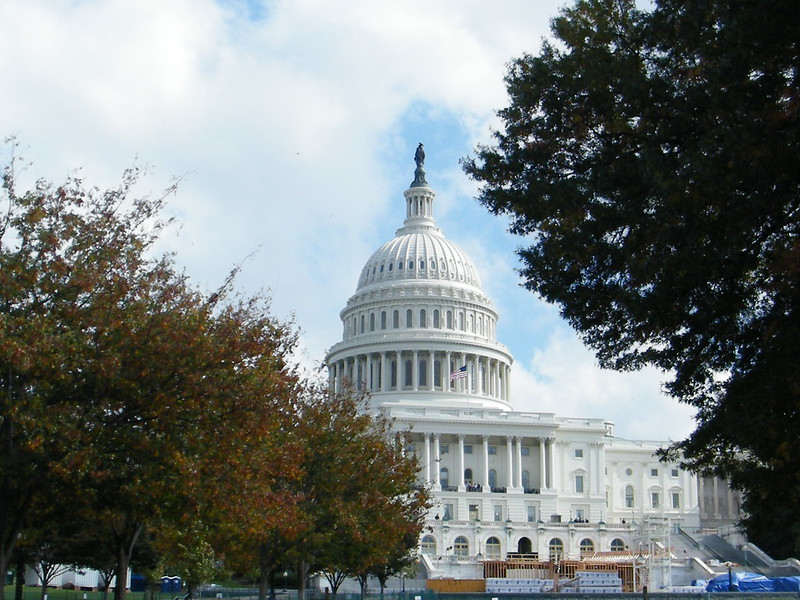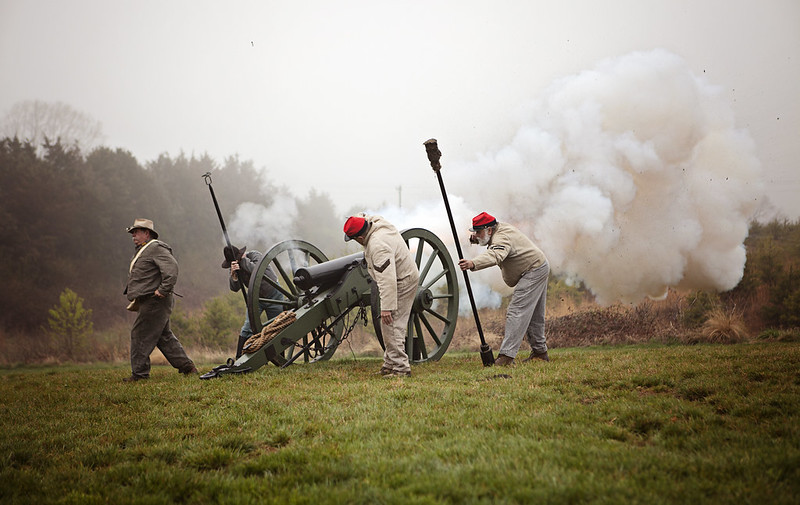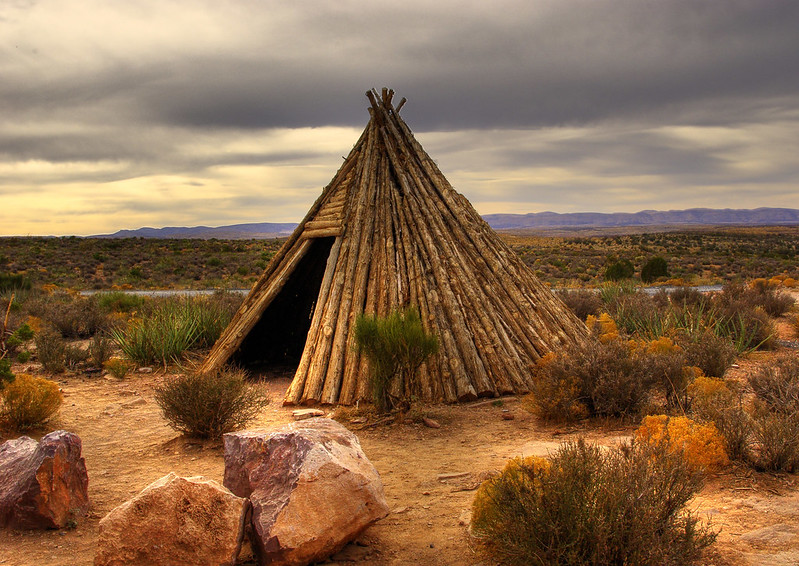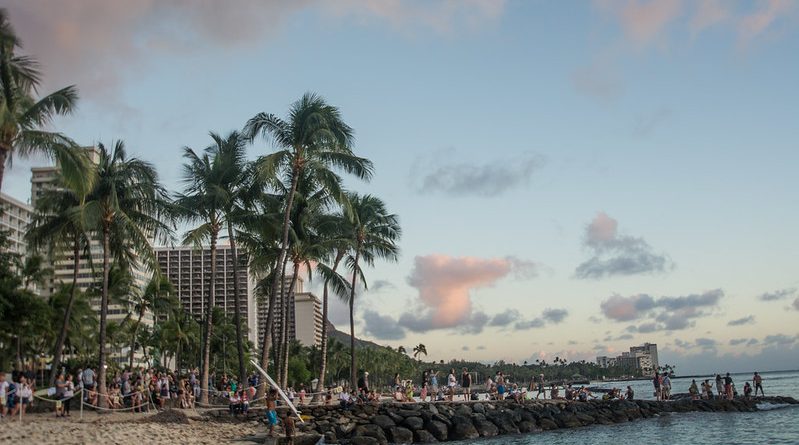
Hawaii
The Hawai’ian islands are the most isolated archipelago on the planet, yet through the development of modern tourism have become one of the most heavily visited places on earth.
The Hawaiian Islands, the 50th state of America, is the nation’s pride and a vacationer’s dream. Situated more than 2,500 miles (4,000km) from the nearest landmass, its geographical isolation has been in many ways both a blessing and a curse in ancient and contemporary times. This geographical area, also known as the Hawaiian Emperor seamount chain, has seen island formation through volcanic activity for the last 80 million years. Hawaii, in fact, consists not only of eight major islands, whose breath taking nature we know too well from tourism billboards, the archipelago consists of no less than 132 islands in total (though 124 add up to only three square miles in land mass as they are mainly small reefs).
Forming the Northern most part of the triangle that is Polynesia, and lying 2,500 miles west of the mainland USA, Hawai’i encompasses a total area of 11,000 square miles of which only 40%, or 6,423 square miles make up the eight main inhabited islands. In this isolation a unique biodiversity has developed in which 90% of the Hawai’ian islands flora and fauna is found nowhere else in the world.
The ‘Aloha’ state has a very short and yet tumultuous history after its first discovery by seafaring Polynesian whose culture was established in the island group of Samoa and Tonga. The Polynesians had already colonized Tahiti and the Marquesas Islands in the first century AD, when around 300 AD, they dared a phenomenal 3,000 mile (5,000 km) ocean crossing on a journey of discovery in their twin-hulled voyaging canoes. The courage, stamina and no-less-than-brilliant sea navigation skills it took to master this journey, is no less than awe-inspiring. Their canoes could take up to 100 passengers plus crops and pairs of domesticated animals. Early Hawaiians established an advanced and deeply spiritual culture on the islands, which for hundred of years developed only influenced by the Polynesian culture and steered solidly by the hands of powerful Polynesian chiefs. Though archaeological and anthropological evidence suggests that Spanish galleons arrived on the islands in the second half of the 16th century, about two hundred years before the British, and used it as a pit stop in their Pacific voyages between their Mexican and Philippine colonies, it is certainly the arrival of Captain James Cook that had repercussions reverberating through the islands until today.
Read More
Today, more than 6 million people visit Hawaii each year; tourism is without a doubt the main engine of the local economy. The Hawaiian Islands are at once the picture-perfect tourist destination with all the comfort and facilities one can think of, and simultaneously the wild, rugged, and ancient landscape that has sparked the imagination of explorers and adventurers since the beginning of time. The very name ‘Hawai’i’ evokes images of cheap honeymoon packages, swaying plastic hula dolls and Don Ho crooning in Waikiki. This is one side of Hawai’i, but much more remains begging to be explored once you get off the package tourist track and head for rural Oahu and the outer islands. Before leaving the island of Oahu, try your hand at surfing on Waikiki beach, the sport once reserved for Hawai’ian royalty. Though the world’s best surfing waves are found on Oahu’s North Shore and are not for beginners, viewing these liquid monsters is awe inspiring. Drive to the top of Maui’s Haleakala Crater where a fantastic sunrise over the caldera makes the 4am wakeup call worth it, or head to Hana to experience the feel of a remote Hawai’ian town. Also known as the Big Island, on Hawai’i watch the newest land in the world being formed as volcanoes pour out lava; or do a night dive with gentle manta rays in Kona, on the island’s dry and rocky west coast. Roll up your sleeves and take a Hula class that will connect you to the island’s ancient past. Learn some of the Hawai’ian words that are sprinked in the everyday ‘creole’ language spoken by the locals, by far some of the friendliest people in the USA. Whatever you seek in Hawai’i, it won’t disapoint as there is something for everyone in the Aloha State. Hawai’i is no bargain so if you want a slice of paradise youre going to have to pay for it. Booking a holiday separately will never be cheaper to such a competitive destination and package tours are the best way to go as flights, hotels and rental cars are included at a discount. The currency is the US Dollar. Approxmate conversion as of 2016 are: $1 US = £0.71 Sterling Check with your local currency exchange bureau for up to date currency info. The Native Hawai’ian people settled the archipelago from the Marquesas by canoe around 500 AD, eventually settling on every one of the Hawai’ian islands. While much of the traditional way of life was lost when missionaries came to the islands and the monarchy was overthrown by the United States, there is a growing interest in reviving traditional arts and culture, not as a way to make money off the tourist trade, but to reconnect native Hawai’ians with their past. The breakdown of Hawai’is current population is approximately 25% Japanese; 25%Caucasian, 14% Filipino, 1% Native Hawaiian with the last 35% people of mixed race. The population is 1.42 million. International flights into Honolulu International Airport or Kailua-Kona International Airport. Internal flights with Hawaiian Islands and Mukulele Airline. Hawai’i can be a stopover on an Around the World trip or can be reached from the US mainland by one of the many carriers that fly there: Delta, American and United Airlines being the most frequent. These carriers can also easily connect travellers to many cities in Europe. Charter flights also operate from across the USA (particularly the US West Coast) and are always booked together with hotels as a package tour. Getting around Hawai’i is generally by short flights that operate out of the Inter Island Terminal in Honolulu. Aloha Airlines and Hawai’ian Air operate extremely frequent (sometimes every half hour) shuttle flights all over the archipelago that are not so cheap. Its generally a better deal to book a package that includes a flight rather than book the flight separately as flights can cost over $100 for a return flight that is only 20 minutes long each way. Renting a car is obligatory, as there is only minimal public transport offered in form of buses. Most travellers visit just one island through a package tour that includes a rental car. Choosing this option is a wise one as public transport is pretty spotty in Hawai’i and most of the sights are only reachable by driving. Americans drive on the right and each year quite a few accidents (particularly in Waikiki) are causes by travellers who make the mistake of driving on the left. Petrol prices are often 20% higher than the mainland and while US travellers may complain, Europeans will still find them a bargain. Most hotels in Hawai’i serve the usual tropical fare found in most resort hotels around the world. Self catering is an option to those on a budget and numerous supermarkets are found in the islands; avoid the ones in Waikiki and head for downtown Honolulu if you want cheaper prices and Asian ingredients. The Japanese influence means Bento meals are popular among office workers in Honolulu and can be found in shops and supermarkets. Asian food like Korean, Vietnamese and Thai are found in cheap abundance as well. Fast food is everywhere in Hawai’i and many of America’s most well known chains are found there. Poi, the staple Hawai’ian food that comes from pounded taro roots is often hard to find; try the local markets in smaller cities if you want to try eating it. Its purplish colour and runny consistency is definitely an acquired taste! It is good for you as its loaded with fibre, but the taste is quite bland. Poi is served together with other local foods and bread is often dipped into it to soak it up. Hawaiian Cuisine is a fusion of Asian (especially Japanese) and American cuisine that ranges from the standard American burger and bagel to exquisite sushi, fantastic local fish dishes, and a few good Italian infused dishes. Hawaiian cocktails are easy to enjoy watching one of the fab sunsets nearby the beach in a local bar. Though the pure native Hawai’ian language is no longer spoken through most of the island chain, many Hawai’ian words have crept into everyday language. The most common is ‘Aloha’ a greeting for hello or goodbye that roughly translated means ‘Love.’ ‘Mahalo’ is the Hawai’ian word for thank you. The result of the fusion between Hawai’ian and English is a kind of ‘Creole’ that combines not just Hawai’ian, but Japanese and Filipino words that can be hard to understand for the first time visitor. A weather report for Honolulu might say ‘mauka showers’ which means rain showers in the north of the island. Someone might give you directions on Oahu by saying ‘go 2 miles Diamond Head’ which means to go two miles east. (Diamond Head being a landmark east of Waikiki) All-year-round, although the summers can be very hot and humid. Hawai’i lies in the tropical North Pacific and enjoys one of the most stable climates in the world. Huge temperature fluctuations are rare and most often the daily high can be the same for weeks on end. Maximum summer temperatures rarely go above 32C (92F) although the humidity can be very high at this time, making it feel much hotter. Hurricanes can swing through the islands in late summer and early fall causing damage; this is the low season for Hawai’ian tourism. Daily winter temperatures are about 28C (85F) due to the trade winds at this time. It tends to feel cooler due to the much lower humidity. Being prepared for unusual weather in Hawai’i isn’t all that necessary; warm weather abounds and there’s always lots of sunshine. Bring plenty of sunblock to protect against the strong sun and always carry an umbrella if there are any clouds around: short frequent showers are common and are surprisingly fierce but clear in less than 5 minutes. With such a warm climate, it’s no wonder Hawai’i is one of the most casual places in the USA. Surf shorts with or without t-shirts is everyday attire in the islands and many students at the University of Hawai’i in Manoa, Honolulu regularly turn up to class with no shoes at all. Casual for most hotels, restaurants and activities, casual-chic for business meetings and the like. Travellers at a 5 star resort should be aware that some require a dress code for dinner (dress shirts and trousers) and should pack accordingly. However, most hotels don’t require this and wearing very casual clothes around Waikiki or Lahaina on Maui is the norm. All water found throughout the island chain is drinkable, the exception being water in remote areas of Moloka’i. There are no mosquito borne diseases in Hawai’i and strict quarantine laws have kept rabies off the islands. As the 50th state of the USA Hawai’i follows the same visa rules as the rest of the country. Many European countries do not need visas to visit the USA, but travellers should always verify this with the nearest US Embassy or consulate before departure. 1. Courtyard King Kamehameha Kona Beach Hotel 75-5660 Palani Road The King Kamehameha Kona Beach Hotel was one of our crew favourites on the Big Island. Situated directly by the ocean, only a 15 min cab ride from Kailua-Kona International Airport, it is both an ideal family and couples hotel as well as a good stopover for the business traveller. It features a lovely pool, gym and small beach as well as a number of eateries; right across the street you will find a great coffee and barista bar with locally grown Kona coffee and upstairs Splasher’s Grill, with delicious breakfasts, lunch and dinner menu. All rooms are spacious and well equipped, with either mountain or ocean view, free Wifi and balcony. Staff are very accommodating, helpful and cheerful, which makes the King Kamehameha Kona Beach Hotel a home away from home. Highly recommended for a stay at the Kona Coast. 2. Volcano House Crater Rim Drive Volcano House is a unique place on the Big Island. Situated right in the middle of Hawaii Volcanoes National Park, only a couple of miles from Kilauea caldera, which you can observe in comfort from one of the large, cozy armchairs in the lounge. On a clear day the crater literally feels only a stone throw away and the red glow after sunset and before sunrise is magnificent. The hotel has a rustic and charming atmosphere, a striking mixture of a skiing lodge atop a mountain and a hikers hostel; yet the rooms feature surprisingly nice interiors, large beds and free Wifi. The complementary tea and coffee in the lobby is a delight when heading out late at night or in the early morning and the home-baked white chocolate chip cookies are not to be missed. 3. Sheraton Maui 2605 Kaanapali Parkway The Sheraton Maui is situated at the end of a stretch of hotels just outside Lahaina Centre, and boasts one of the better spots at the black rocks with beautiful Kaanapali Beach right in front. The ocean-side facing rooms offer stunning view across the water to Lanai and to the hotel lawn, swimming pool and bar. Crystal-clear waters are inviting visitors for a nice splash and don’t be surprised if large numbers of tropical fish and giant sea turtles rock up next to you. The hotel itself is a sprawling complex in which one can get lost in all too easily, but the well designed rooms and amenities make it a pleasure. The pool bar is a great spot for light meals and snacks, and the restaurant is a lovely way to spend the evenings, though its menu veers towards the pricier end than those in town. 4. Sheraton Kauai 2440 Hoonani Road Nestled on 20 acres on Kauai’s southern shore, Sheraton Kauai is a beautiful property with beautiful rooms and a great atmosphere. Perfect for the beach or poolside days; the hotel is only a two minute walk from the famous Poipu Beach, and has two great swimming pools, a gym, restaurants and a chic poolside bar as well as self-service laundry, coffee shop and business centre. Though the rooms are not huge (by American standards, Europeans will jump with joy regardless), they are practically equipped and the beds are extremely comfy. On Kauai, Zoe D’Amato discovered a gorgeous piece of jewellery unique to the island – a rainbow shell necklace. On a few secret beaches around Kauai, one can find these beautifully coloured shells that local artists work into beautiful designs. A must buy is the local Kona coffee, which will be cheaper to purchase here than on the internet or anywhere else. It is absolutely delicious and with a bit of shopping around, you can find a couple of bargains.
On Kauai, kayak the island’s largest navigable river or hike the amazing Na Pali Coast where plenty of peace and quiet is found among the plunging volcanic cliffs that protect deserted beaches.Cash
With the internet travel boom Hawai’ian vacations are well represented online and should be the best place to get a deal. As the closest tropical islands to the US West coast, there are often cheap package trips out of San Francisco and Los Angeles.
All budgets are represented in Hawai’i from super luxurious honeymoon resorts from $500 US dollars per night down to more moderately priced budget rental units in Maui at around $75 a night.
Budget travellers can still enjoy Hawai’i through the network of hostels in the islands but may miss out by not booking a rental car. If you’re going to go on a budget save cash on the hotel and get a car so you won’t miss any of the spectacular sights Hawai’i has to offer. Budget hostels cost about $15 US per night for a dormitory bed but the locations are usually excellent. For a days budget travel excluding transportation factor about $50-60 per person per day.
Overall things in Hawai’i cost more than the US mainland due to the tourist industry and the fact that practically everything has to be imported. That being said things are not exorbitant but budget minded travellers should bring sunscreen, film and other more expensive items from home.
$1 US = c. 88 Euro
$1 US = 108.33 Japanese Yen
$1 US = .00024 BitcoinPeople
In the mid 19th century Asian workers began migrating to Hawai’i to work the sugar cane fields.Travel
Food
Language
For the short term visitor picking up words in the Hawai’ian language can be a fascinating insight into the Hawai’ian culture.Climate
Dress
Health
Visas
Where to Stay
Kailua-Kona, Hawaii 96740
Phone: +1 (808) 329 2911
Toll Free: +1 (800) 367 2111
Fax: +1 (808) 329 4602
Web: www.marriott.com/hotels/travel/koacy-courtyard-king-kamehamehas-kona-beach-hotel
Hawaii Volcanoes National Park, HI 96718
Kailua-Kona, Hawaii 96740
Reservations: +1 (866) 536 7972
Hotel: +1 (808) 756 9625
Email: [email protected]
Web: www.hawaiivolcanohouse.com
Lahaina, Maui, HI 96761
Hotel: +1 (808) 661 0031
Fax: +1 (808) 661 0458
Web: www.sheraton-maui.com
Poipu Beach, Koloa, HI 96756
Hotel: +1 808 742 1661
Web: www.sheraton-kauai.comShop
Top Ten’s
Don’t forget to pack!
Must See and Dos
Festivals and Events






